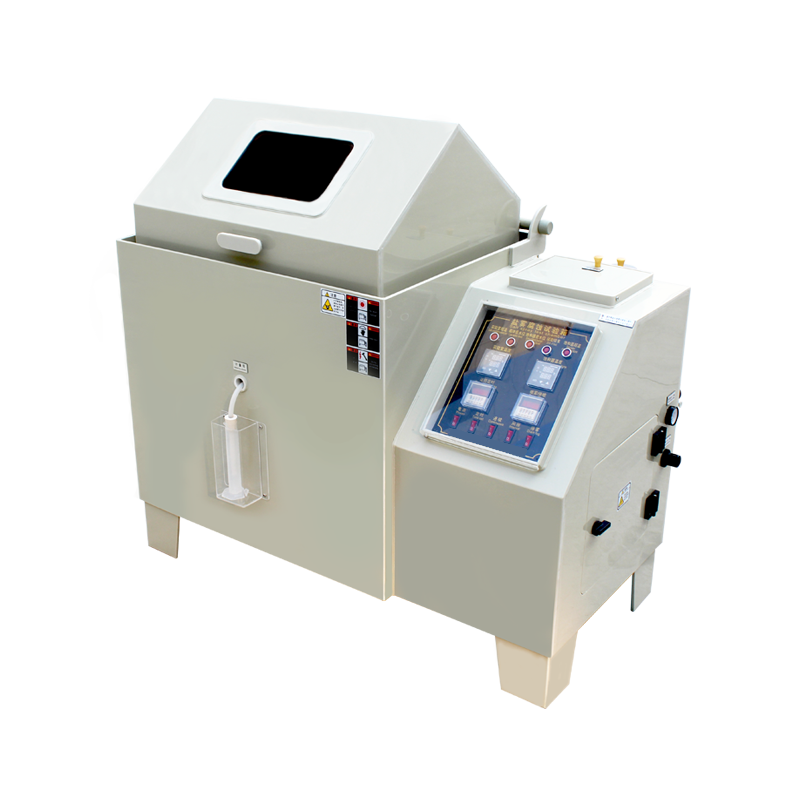During the testing process of a salt spray test chamber, various issues may arise. Today, yashilin will share some tips on how to maintain the nozzle of the test chamber.
-
Always use distilled or deionized water to minimize impurities in the water and reduce the likelihood of nozzle clogging.
-
Install an oil-water separator to prevent moisture and oil from being carried in by the compressed air, which can cause oil residue to adhere to the nozzle walls. Since the nozzle aperture is small, any impurities in the water or oil buildup can affect the formation of salt spray.

-
Avoid subjecting the salt spray test chamber to impacts. When installing, using, or unclogging the nozzle, handle it gently to prevent damage from excessive force.
-
Do not set the spray pressure too high. The normal pressure range is between 0.07 MPa and 0.17 MPa. Excessive pressure may cause the nozzle to crack.
The above points are daily precautions for nozzle maintenance. If issues such as excessive or insufficient spray volume or no spray occur during testing, check whether the nozzle is functioning properly. If the nozzle aperture is too large, replace it. If it is clogged, use a fine wire to clear it gently.













